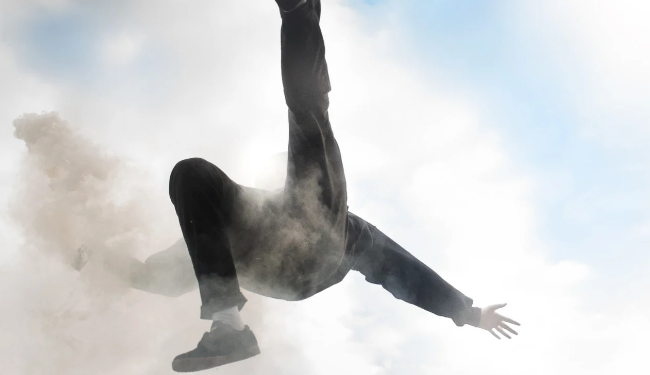Specially written for LivingWithSS.com
Rollene Janelle, Guest Author
Superficial siderosis (SS) is considered a rare neurodegenerative condition. The prevalence of superficial siderosis is estimated to be one in one million individuals, with an estimated 200 diagnoses in the US for 2020. Thanks to improved MRI techniques and neuro-radiologist awareness, more patients are slowly understanding their conditions, and the actual incidence is suspected to affect a larger population than is currently diagnosed.
SS affects the brain and the nervous system through a slow bleed into the spinal fluid. When the iron in the blood circulates freely in the cerebrospinal fluid, it settles on the brain and the spine — and that iron causes neural and tissue damage. As such, common symptoms include poor coordination, uncontrolled muscle movements, small motor dysfunction, nerve pain, and awkward reflexes — making it very hard to stay fit. Moreover, the rarity of this condition means there are few resources available in managing the unique symptoms each person may have. In this article, we’ll underscore some basic tips on improving your fitness and quality of life, even with superficial siderosis.
Keep yourself well-nourished
We all know that the proper diet is key to staying fit. The plant-based MIND diet prescribed by Mayo Clinic is something we previously recommended; it is adapted from DASH and Mediterranean diets with an emphasis on brain health. Among all wellness diets, Mediterranean is consistently regarded as one of the healthiest for its antioxidant and inflammation-reduction properties. It features plenty of beans, nuts, whole grains, berries, vegetables, leafy greens, herbs, and spices. Most cooking is done with olive oil, and only small amounts of lean meats like chicken, turkey, fish, and shrimp are allowed. Modifications for SS focus on limiting the consumption of iron-rich red or organ meats.
Find the right exercise regimen for you
For many people, exercise is already tough to do. Balance issues, dizziness, vertigo, and muscle spasticityOverview Spasticity is a condition in which individual muscl... More can make it even harder for people with SS to exercise. Given the symptoms of superficial siderosis, it may help to look into clinical exercise physiology. This branch of medicine treats people suffering from chronic illnesses through physical activity and exercise intervention, with a focus on the patient’s specific and unique fitness needs. Healthcare professionals can monitor your progress and adjust the program as necessary, considering that too much exercise can also have a negative effect on your body. Some exercises for balance and mobility include regular stretching and using an adjustable step to train the legs. So make sure to accompany your exercise with plenty of rest periods for peak efficacy.
Pinpoint your motivation
Some days with SS feel worse than others, especially if you’re facing problems with posture, balance, and coordination. Because superficial siderosis can limit your physical activities and sphere of movement, performing exercise may feel hopeless. However, many people living with the condition still manage to keep their dreams and interests alive. And this is really helpful for improving your quality of life. Pinpoint your motivation and set small goals; maybe you don’t want to tilt too much when you walk, so you can practice balancing more. Pushing yourself to focus on fitness will allow you to reap many physical, mental, and emotional benefits.
Build a social support system
For most brain functions, even moderate doses of regular social engagement can activate specific regions related to making decisions, feeling rewarded, and recognizing faces or emotions. It’s extremely important to reinforce your social skills, as the damage done by SS to your cerebellum can affect the way you interact with others and potentially strain your relationships. Finding a support system can be a source of encouragement to persist in staying fit, even during the toughest moments. If not people you know in person, social media is a great avenue to meet groups from around the world who have superficial siderosis.
Although the community is small, they are highly supportive, sympathetic, and understanding. You can discuss wellness tips, share exercise routines, and commiserate over shared hardships online. Many people struggling with SS also have experiences where fellow patients can recommend doctors, patients, and other specialists who have helped treat their condition. Don’t isolate yourself and struggle on your own. It’s only by banding together can we find comfort and strength to do hard things every day.




For those who want to exercise but have balance issues, the following works for me. I used to jog and walk a lot, now I have a treadmill with a TV in front and walk and hike to “virtual walking and hiking” videos on YouTube.
I used to bike, but with no balance I couldn’t do it anymore, so I bought a tricycle, and now I’m back riding with my wife, whose there in case I have issues. I think keeping your legs strong is the best way to stay mobile.